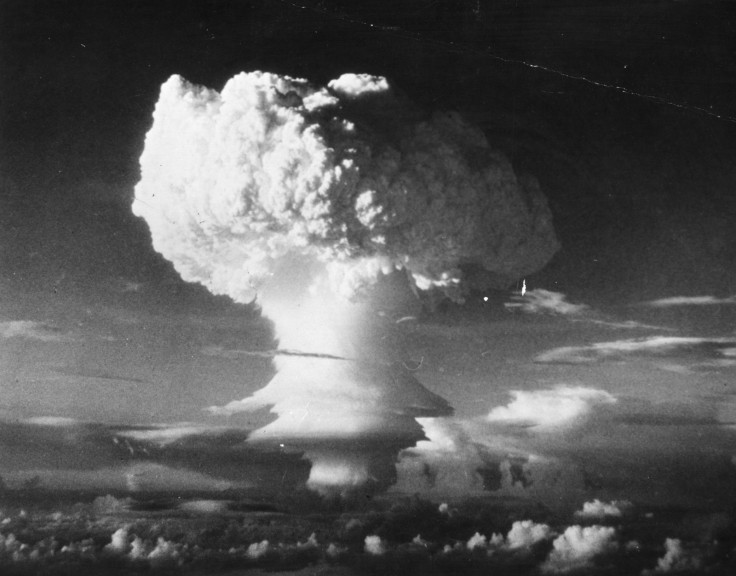New details on declassified tapes of nuclear tests show why they should 'never be used in war'
Scientists who analysed the videos frame by frame have come up with a number of findings that are quite curious.

Sixty-two declassified tapes of nuclear explosion tests were released last week by the Lawrence Livermore National Laboratory (LLNL) on their official YouTube channel. This was the second batch of files to get declassified after the lab released the first set of videos in March this year.
While most people who viewed the videos got a sense of what destructive powers several countries around the world possess, the scientists who analysed the clips frame by frame have come up with a number of findings that are quite curious.
The videos are of atmospheric nuclear tests carried out by the US during the cold war between the years 1945 and 1962, notes a report by Ars Technica (AT). Atmospheric detonations –above ground explosions– were common at the time and the US actively took part in it.
Apart from making for a breathtaking video, there were many reasons as to why they were filmed to such great detail, sometimes with as many as 50 different cameras at different angles, locations and frame rates. The US has reportedly made almost 10,000 films over the years, recording 210 tests.
A team led by physicist Gregg Spriggs of the LLNL went through all the tapes on nuclear explosions that were kept stowed away. The team's goal is to provide more "accurate scientific data to colleagues who are responsible for certifying the stockpile every year".
"It's been 25 years since the last nuclear test, and computer simulations have become our virtual test ground. But those simulations are only as good as the data they're based on. Accurate data is what enables us to ensure the stockpile remains safe, secure and effective without having to return to testing," Spriggs said.
When Spriggs was asked to write a computer code related to nuclear weapons effects ten years ago, his calculations didn't agree with what was published in the 1950s and '60s, the LLNL press release said. And when he tried in to find out why there was a discrepancy, it was discovered that the manual measurements made in the '50s and '60s were off by almost 30%.
Therefore, his new target was to reanalyze all the nuclear test films to ensure future computer simulations would be validated.
He then reportedly scanned through all the test footage to measure if the nuclear yield –the explosive power– was accurately recorded. Only with accurate measurements can the stockpile be certified, notes the report. "These are devastating weapons, and I hope they're never used in war," Spriggs said in the LLNL press release. "But the stockpile has been an effective deterrent for more than 70 years. My hope is that this project can help to make sure it stays viable into the future."
One of the videos, notes the report, is of the "Harlem Event", it is a 1.2 megaton detonation above Christmas island, which can be used to describe the process of measuring the yield of a bomb. It shows two distinct flashes of light that happen during a nuclear detonation. The first flash of light happens just as the shockwave is formed. "As the shockwave cools to below 3,300 Kelvin, the air becomes transparent and the hot gasses begin to show through, creating the second pulse," explains LLNL. Measuring the time delay between the two flashes will give the bomb's yield. The darkest frame between the two flashes can also be used to measure.
Another way to measure the yield of a bomb can be to ascertain the speed at which the mushroom-cloud rises and the total height of the cloud itself.
The speed at which the initial fireball grows is also a measure of yield, notes the LLNL.
During the cold war, both the US and Russia built enormous stockpiles of nuclear weapons that were later dismantled and taken out of the field. Currently each country is only allowed to have 1,550 "deployed strategic nuclear warheads". The stockpile, however, is still quite large, with the US reportedly holding 4,000 warheads, reports Reuters. The Russians have a stockpile of nearly 7,000 warheads and are alleged to be working on a plan to expand it to 8,000 warheads.





















